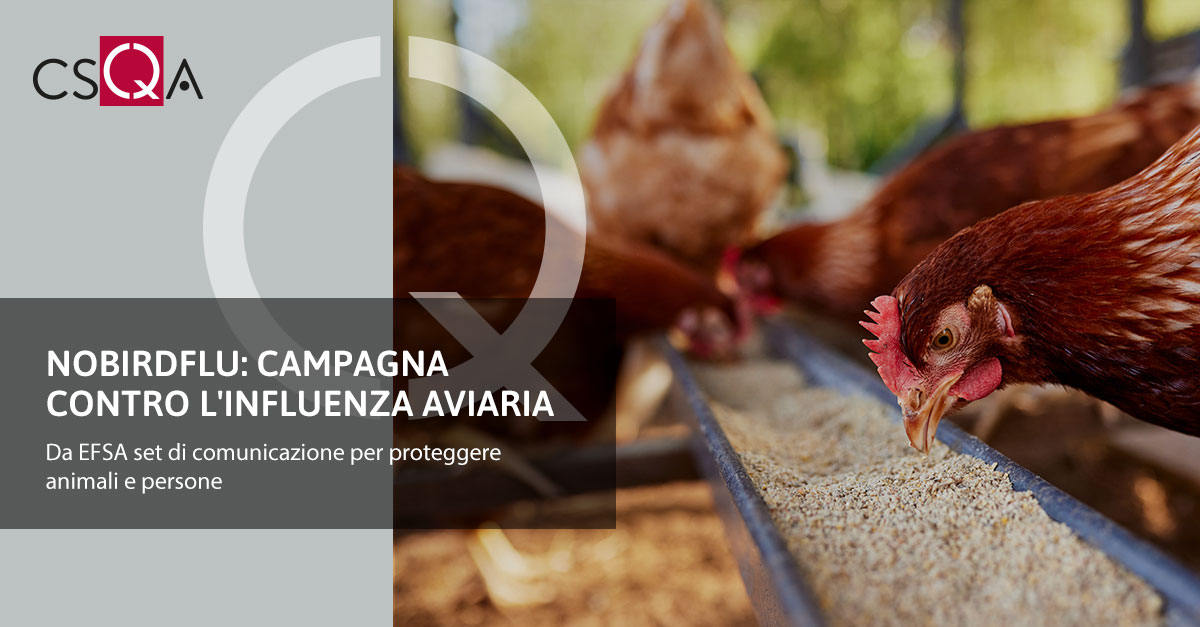 On the eve of the migration season, EFSA and the Commission are publishing a set of communications to protect animals and people from Avian Influenza.
On the eve of the migration season, EFSA and the Commission are publishing a set of communications to protect animals and people from Avian Influenza.With the #NoBirdFlu package—stickers, infographics, posters, social media carousels, etc.—the European Food Safety Authority (EFSA) is providing a communications and awareness-raising toolkit to coincide with the start of the new migration season in Europe.
Avian influenza cases , in fact, generally increase during the winter months , when migratory birds travel and congregate on the continent, and proactive measures are essential to prevent the virus from reaching or spreading to farms.
Who is #NoBirdFlu for?
The recipients of the communication are farmers but also all those who come into contact with agricultural companies .The goal of the communication is to raise awareness and educate about the protection of poultry, other animals, and people from avian influenza.
The toolkit includes several communication materials, translated into all EU languages, to help farmers prevent the emergence and spread of avian influenza on their farms.
Every person who interacts with a farm, whether a worker, a supplier, or a visitor, contributes to ensuring the safety of poultry.
"As winter approaches and the risk of avian influenza increases, everyone must do their part to prevent further outbreaks. Simple precautions by farmers, workers, and smallholders, as well as veterinarians and farm visitors, can make a difference in limiting the spread of this serious disease," said Claire Bury, Deputy Director-General for Food Sustainability at the European Commission .
What to do
This involves implementing simple biosecurity measures , particularly on small and medium-sized farms. By adopting these measures, farmers will help protect public and animal health, ensure stable food production, and minimize disruptions to trade.Investigating risk perception ahead of new measures in 2026
“EFSA is committed to providing the scientific advice needed to keep avian influenza away from European farms,” assures Nikolaus Kriz, EFSA’s Executive Director .The European Commission has asked EFSA to conduct research on the risk perceptions of avian influenza among farmers, veterinarians, and agricultural workers in Europe, in order to understand how to better tailor future awareness campaigns.
These data will serve as the basis for a broader EU-wide initiative in 2026 , aimed at strengthening avian influenza preparedness plans and helping reduce the risk of future pandemics. Source: https://www.anmvioggi.it/ )